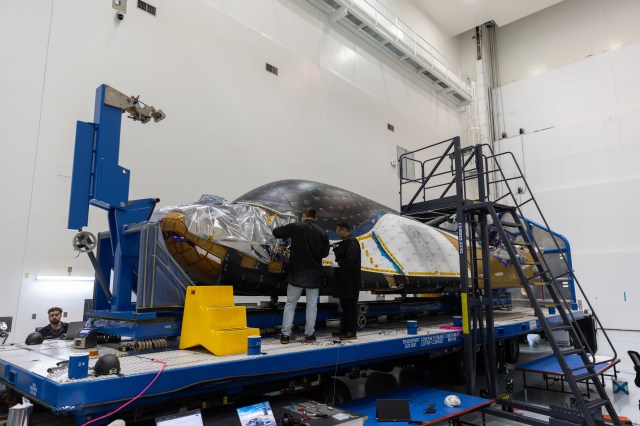Michael Miles
Brigham Young University
ESI18 Michael Miles Quad Chart
Friction stir welding (FSW) is a technology with significant advantages in the joining of high strength aluminum alloys, because it avoids the problem of hot cracking and produces excellent joint properties. However, development efforts currently take too long, requiring many experiments to define process parameters for different tools, alloys, thicknesses, or joint configurations. The time to develop a new application could be shortened significantly if numerical process models were capable of accurately predicting temperatures and material flow in the stir zone and surrounding material, along with the resulting joint properties. The current project addresses one of the major issues relating to accurate modeling of the FSW process, namely the characterization of local flow stresses at the tool/part interface, where significant heating and shearing occur in the material being welded. The work will be accomplished by using a flat, pinless tool at different rotational speeds and vertical loads, leading to the acquisition of torques and temperatures for each condition. The process will then be modeled using a two-dimensional Lagrangian finite element approach, and coupled with an inverse method to iteratively identify the material law parameters that accurately reflect local flow stresses in the heat generation zone near the tool. The local flow stresses thus obtained will be used within an Eulerian finite element model to predict steady state temperatures, tool loads, and ultimately weld properties for standard FSW of AA 2219-T87, and then for the more complex self-reacting FSW of AA 2219-T87. The validated approach to characterizing the tool/part interface will result in more accurate model predictions and will be adaptable to current FSW models. This will promote quicker development of new applications of self-reacting FSW, like the welding of curved parts for cryogenic tank fabrication or the welding of components in space, where a heavy-reaction welding frame could not be considered due to its weight.






























